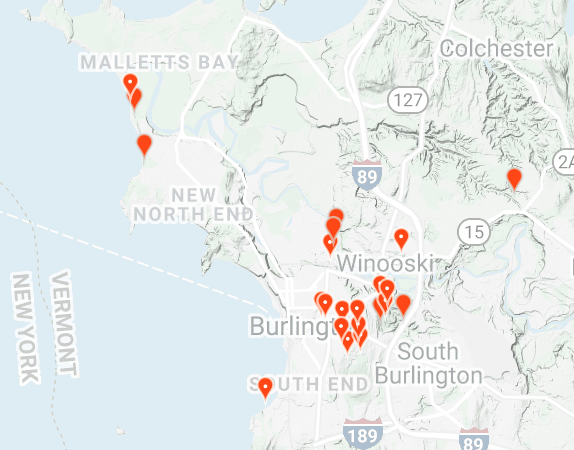This city nature challenge, I explored around campus, down Main street, and around Lake Champlain. Although I didn’t run into too many shocking observations, I had a really good time looking around more urban areas of Burlington and documenting the wildlife present. I liked the challenge because it made me more aware of my surroundings; instead of just walking to the dining hall, I was paying more attention to what species of grasses and flowers were growing on the ground next to me, or kept my eyes on the sky searching for birds. I especially appreciated doing the challenge in spring, as I picked up on more seasonal changes than I would have otherwise. When I was little, my parents and I would go out looking for as many “signs of spring” as possible. Doing this challenge was the first time in a while that I remember going out specifically in search of signs of spring, and it reminded me why I loved doing it with my parents so much when I was little.
My experience using INaturalist was pretty positive. I found it relatively easy to use, and I liked how I could upload photos from my camera roll directly. I also thought it was really helpful that INaturalist recommended species for the photos, as I oftentimes didn’t know the exact answer or the scientific name. I found it relatively confusing to join my lab group, but after an email from Greta, I’m relatively sure that I was able to successfully log my observations under our group.
Looking at observations from around the world was a really interesting way to see species that I usually don’t. For example, I really enjoyed some of the marine species observed, such as bay barnacles and the Atlantic Blue Crab. I also really enjoyed some of the bird species, such as the Glittering-bellied Emerald hummingbird seen Brazil.

Attached above is a photo of my lab group’s observations. I thought it was really interesting to explore all of the different species recorded in different areas, especially the ones in areas I haven’t been to very much (for example, Malletts Bay). It was also interesting to look through all of the observations closer to campus and get a better understanding of what species are seen on the daily right by where we live.